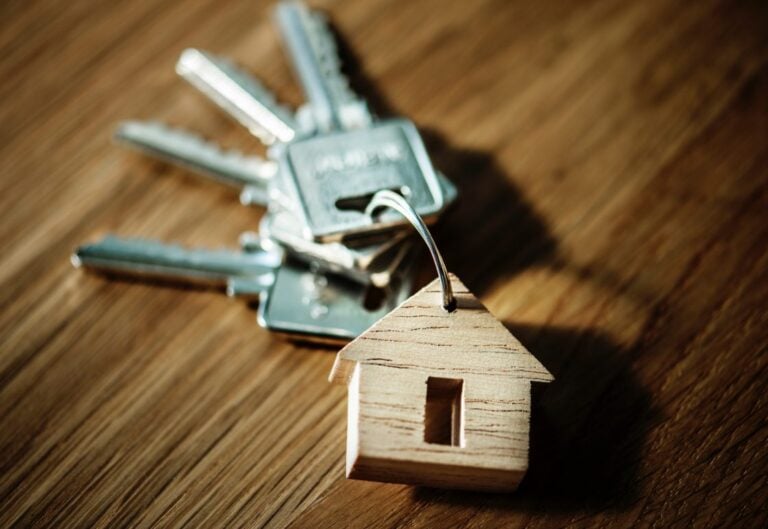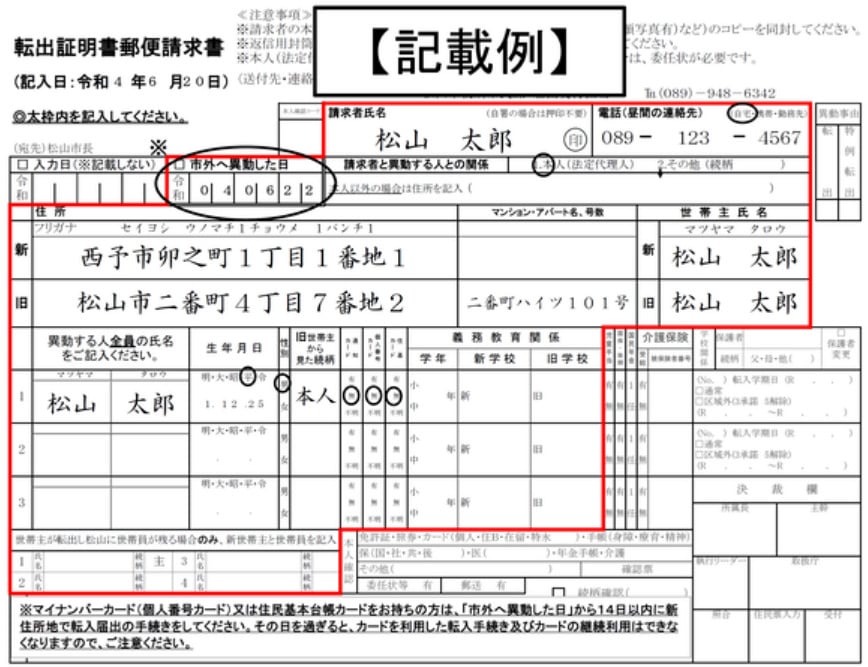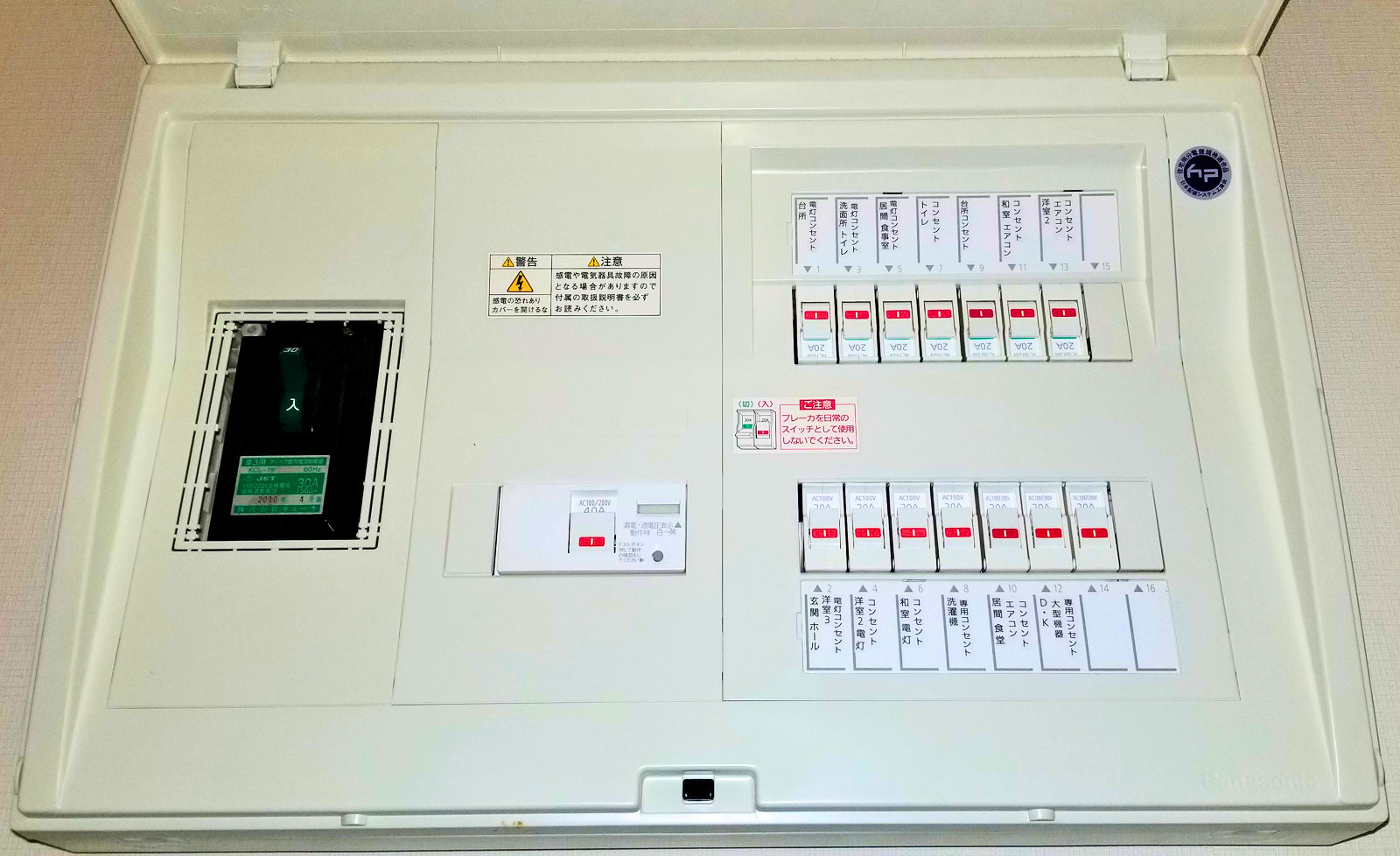
So, what exactly do you need to do to make the move go smoothly? Of course there’s the obvious things, such as enlisting the services of a moving company (or renting a truck and roping a few friends in to help), but what about the paperwork at the city office, sorting out the internet, or registering your dog’s new address?
To make this simpler, let’s break this down into three parts: before the move during the move, and after the move.
Before the move
You’re moving in Japan’s busiest and most expensive season (hopefully by choice, but perhaps not…), and the absolute first thing you need to do is inform your current landlord. Most rental contracts stipulate a minimum timeframe for this, and it’s usually one month. If you fail to inform your landlord of your impending departure in time, you will be charged a penalty fee and may lose your initial deposit. A phone call is usually fine, but make sure also to put your notice in writing- it’s better to be safe than sorry.
Now that you’ve informed your landlord of the leaving date, it’s a good time to contact the utility companies (gas, electric, water, and don’t forget internet) and request a shutoff date for each. Some utilities, gas in particular, require you to be in the apartment when a technician comes and physically turns off the tap and presents you with a final bill.
Setting up the internet at your new residence is also something worth thinking about earlier rather than later. Internet in Japan is unbundled, so getting a new connection up and running will require contacting two different companies: one to install the physical line and hardware, and another (the ISP, Internet Service Provider) to provide the actual internet connection. It can take up to four weeks to get the internet set up, so bear that in mind if you want to watch Netflix as soon as you move.
As you’re packing, it’s a good time to dispose of any large waste items that won’t fit in the regular garbage bags. This can be done online, but you will have to select a day and time for collection, so it’s best to get this organized early to avoid any inconveniences to your moving schedule. Once you’ve selected your preferred pick-up time, buy the relevant stickers at a convenience store and remember to leave the item out the night before collection.

Example of 転出てんしゅつとどけ “moving out” form from Matsuyama City website
Within fourteen days before the move you must notify your current city/ward office. If you are moving within the same municipality (city/ward/town/village) ask for and submit a 転居届てんきょとどけ “change of address” form. If you are moving to a new municipality, once you’ve submitted your “change of address” form you will also need to fill in a 転出てんしゅつとどけ “moving out” form. The city office will, in turn, present you with a 転出証明書てんしゅつしょうめいしょ “moving-out certificate”, which will need to be submitted, alongside a 転入てんにゅうとどけ “moving-in form” to your new city office after your move (more on that later).
I know, I know… But here’s a simple example:
Let’s imagine you live in Shinagawa City, but you are moving to Shinjuku City. Here’s what you must do:
- Submit a “change of address” form to Shinagawa City.
- Receive a “moving-out certificate” from Shinagawa City.
- Present the “moving-out certificate” from Shinagawa City to Shinjuku City Office.
- Submit a “moving-in form” to Shinjuku City Office.
Around one week before the move is a good time to notify the post office, bank, and other service providers, such as your mobile phone and credit card companies.
For the post office, this can be done online, or you can visit any post office and ask for a 転居届てんきょとどけ “change of address” form. Take it home, fill it in with your old and new details, then pop it into a letter box. This will let the post office know your new address, and they will forward your mail to your new address for one year.
For the bank, go into any branch and tell them your moving plans. They’ll ask you to fill in a 転居届てんきょとどけ “change of address” form, which you will then stamp with your inkan.
Similarly with your mobile phone, credit card, or other service providers, either submit a change of address notice online or phone customer support.
If you have children, you’ll need to register them at their new schools/daycare. For public institutions, this will involve calling, or perhaps better, visiting the city/ward office in your new area. They will run you through the registration procedure, give you any forms to fill-in, and contact the new schools for you.
For private institutions, you will have to contact the school yourself, discuss any paperwork, and potentially organize a meeting or interview.
If you are a member of any clubs or organizations (gym, sports club, dance lessons, etc.), it’s best to inform them of your move/cancellation at least a month in advance to avoid any fees.
During the move
Your boxes are packed, and the moving company (or friends) have begun loading the truck, but you can’t kick up your feet and relax. Here’s what you need to be doing:
Before you physically leave your old place, give it a really good clean. Once you leave, your landlord will inspect the mess and any damage that you’ve left, and deduct it from your deposit accordingly. You’re going to be charged a cleaning fee when you leave anyway, so why should you clean the apartment? Because if you’ve left the place visibly dirty, your landlord may well charge you extra “heavy-duty” cleaning fees. Also, make sure to remove any drawing pins, and try to buff out any marks on the floor, and remember to dispose of any garbage before leaving, as the landlord will charge you an extra “disposal fee”.
When you arrive at your new place, as the truck is being unloaded and the boxes brought in, you can make yourself useful by turning on the water and electricity.
For the water, the main supply is usually left on, so you usually don’t have to do anything once you move in. If, however, nothing comes out when you turn the tap (or flush the toilet) you’ll need to turn on the main valve. If you’re moving to an apartment, the water meter can usually be found in a metal box outside the front door, next to the gas meter. Open it up, give the handle inside a strong turn to the left and the water will start flowing.
Now could also be a good time to contact your local water bureau to set up an account in your name, or you could leave this for a few days.
For the electricity, flip the breaker switch inside the new apartment (circuit breaker boxes can be located anywhere, but tend to either be near the entrance, or near the kitchen). Once on, have a look for the pre-paid postcard application form (sometimes attached to the circuit breaker box, or placed inside your mailbox). Fill in your details, including the start date and how you want to be billed and mail it as soon as possible. If you fail to set up an account in decent time, the electricity company may turn your power off until you do so.
If you can’t find the postcard, you can always call your local electric company to set up the new account.

Electric Breaker Box in a Japanese Apartment.
Make sure your employer is up to date with your new address, as this will affect any commuting allowances you receive.
As soon as you move, make sure to inform people in your home country: you don’t want grandma to send your birthday card to the wrong person!
An often overlooked aspect of moving is changing the delivery address for online shopping, like Amazon. There’s nothing worse than placing an order, only to discover it was sent to your old address by mistake. Don’t let that happen- change your account details on the day of, or after, your move.
AFTER THE MOVE
Within 14 days after moving, there are quite a few things that you’ll need to do:
Visit your new city office and submit a 転入 てんにゅう とどけ “moving-in form, and if necessary, your 転出証明書 てんしゅつ しょうめいしょ “moving-out certificate”.
While you’re at the city office, you need to: update your MyNumber card (remembering your login pin number); register for your new national health insurance card (unless provided by your employer); and if you have children you need to register for their medical certificates and child allowance.
When you move from one municipality to another, you will have to pay any due 住民税 じゅうみんぜい “resident tax”. Payment slips will be sent to your new address, and can be paid at a bank or convenience store.
If you have a driving license, you’ll need to head to your new local police station and report your change of address.
If you have a dog, they need to be registered to the new address within 30 days of moving. Do this at the city office also. You will need the dog’s license and vaccination certificates.
As with all of these things, make sure to bring your resident’s card, MyNumber card, proof of address, and inkan.
You are now, finally, ready to start life in your new home (once you’ve settled the 300,000円 bill from the moving company…!).
















